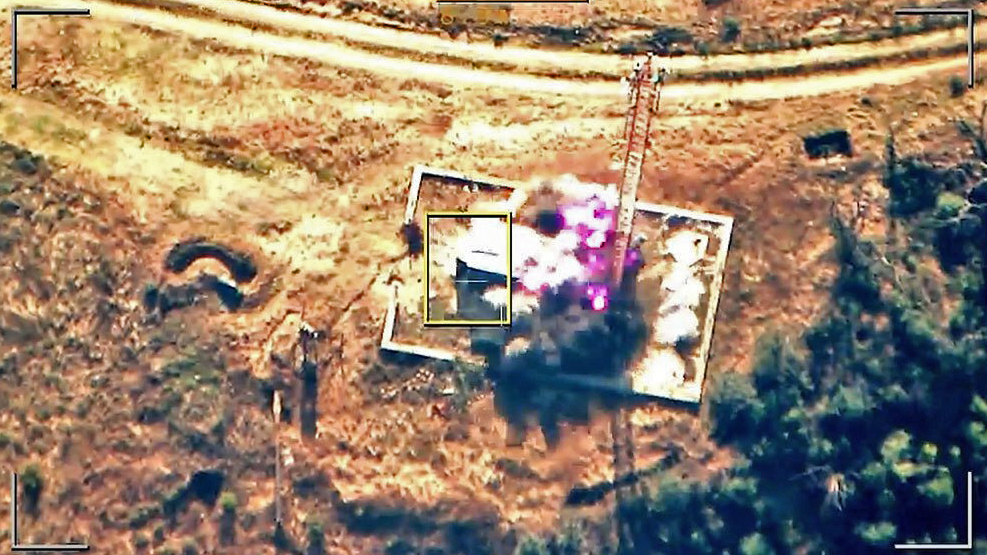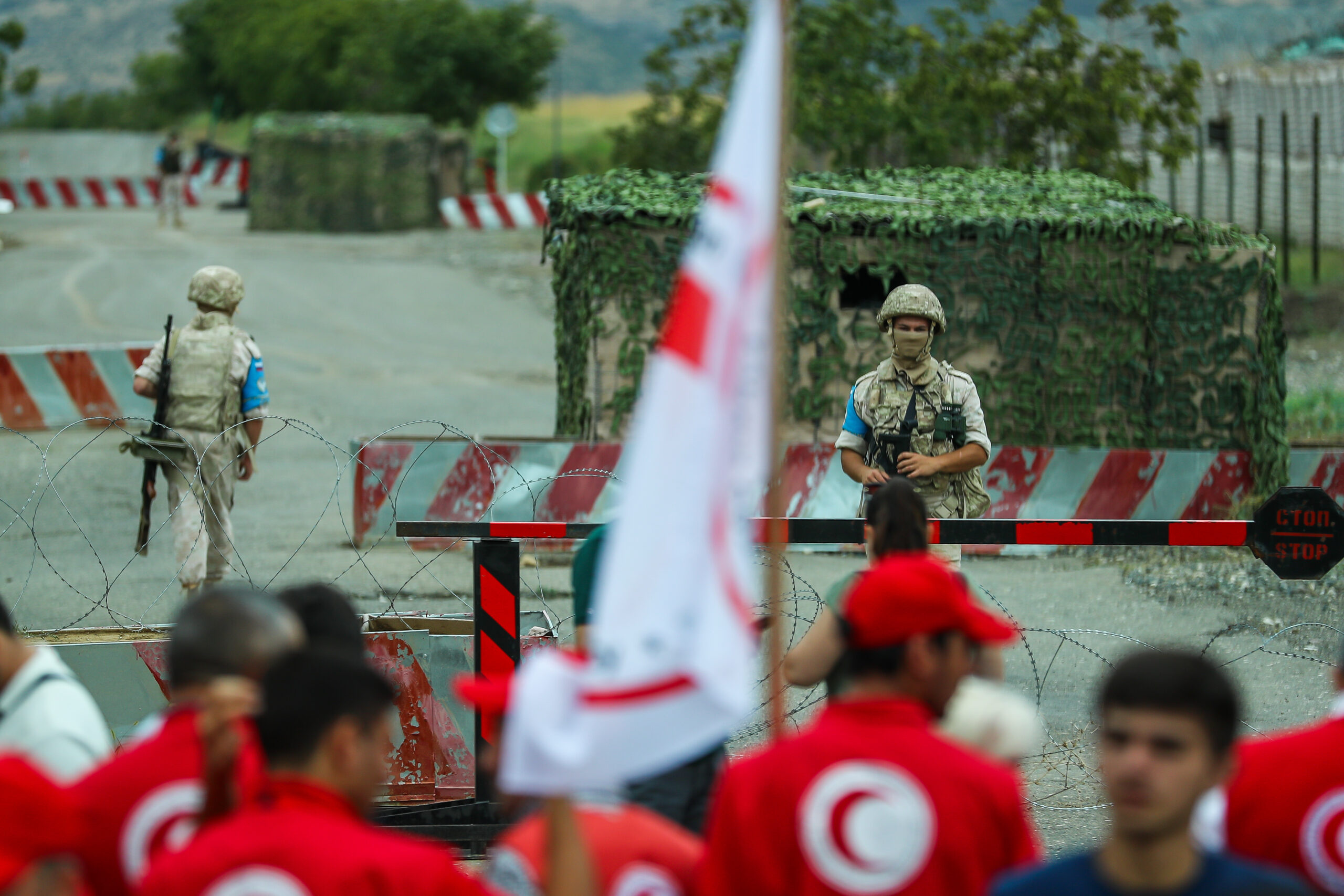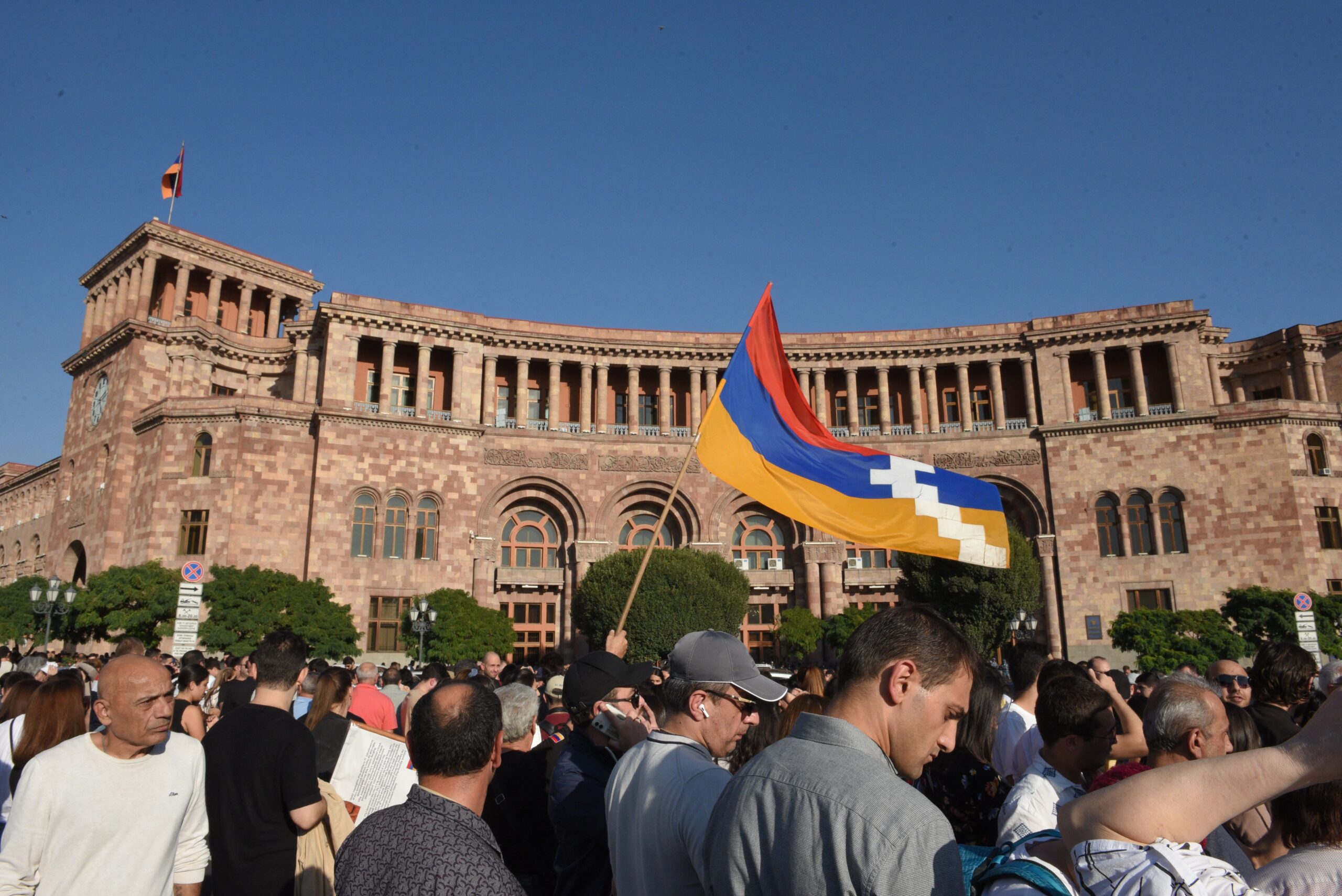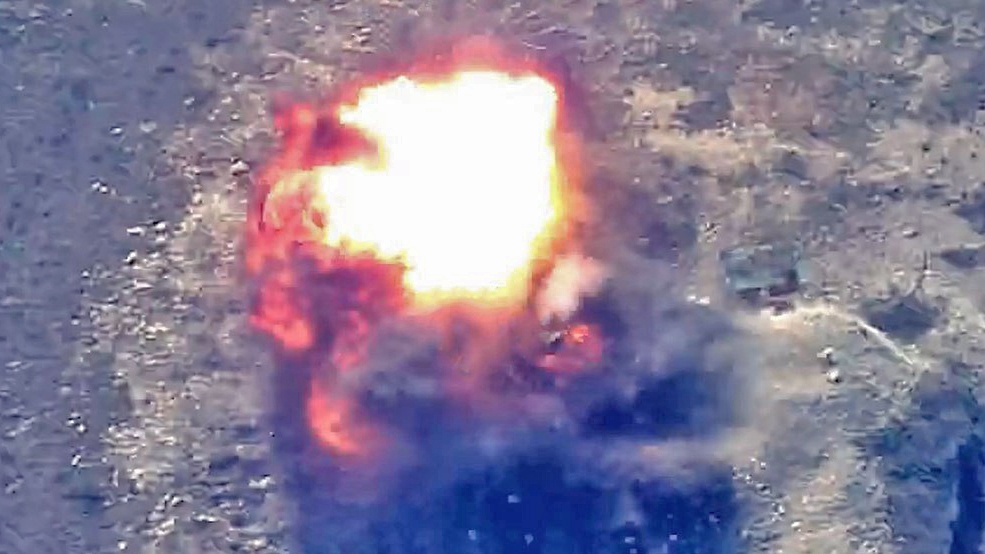Tensions in the disputed Caucasus region of Nagorno-Karabakh appear to be spiraling out of control once again, bringing it the closest it’s been to all-out war since the 2020 conflict fought over it between Azerbaijan and Armenia. Now, Azerbaijan has announced the launch of an “anti-terrorist” campaign in the region and there are multiple reports of artillery fire and drone attacks.
While Nagorno-Karabakh is internationally recognized as Azerbaijani territory, a portion of it is controlled by breakaway ethnic Armenian authorities who claim it as their ancestral homeland. To those Armenians, the breakaway part of Nagorno-Karabakh is known as the Republic of Artsakh.

Of the “anti-terrorist” campaign, the Azerbaijani Ministry of Defense said in a statement: “As part of the measures, positions on the front line and in-depth, long-term firing points of the formations of Armenia’s armed forces, as well as combat assets and military facilities are incapacitated using high-precision weapons.”
The statement added that Azerbaijan intended to “disarm and secure the withdrawal of formations of Armenia’s armed forces from our territories [and] neutralize their military infrastructure.”
The ministry has said that it isn’t targeting civilian areas and that it’s only engaging legitimate military objectives using “high-precision weapons.” It has also said that civilians are free to leave the region by humanitarian corridors, including one to Armenia.
It’s meanwhile evident that Azerbaijani strikes are taking place at least very close to population centers and major cities. These include Stepanakert, the regional capital of Artsakh, which is known as Khankendi by Azerbaijan.
Videos posted to social media purportedly taken in Stepanakert include the sound of repeated artillery fire as well as air-raid warnings.
“We have heard lots of explosions in Stepanakert; it was both artillery shelling and UAV strikes, drone strikes,” said Artak Beglaryan, a former adviser to the self-declared government of Artsakh, speaking to The Guardian newspaper. Beglaryan added that he had heard “dozens or hundreds” of explosions today.
“They targeted both military objects and civilian objects Beglaryan,” he said. “They attacked along the entire contact line, not only near Stepanakert but in all the regions.”
Said to be taken in the outskirts of the city of Askeran, other videos apparently reveal the use of rocket artillery, likely Russian-made Grad multiple rocket launcher systems.
Elsewhere in the region, videos appear to show Azerbaijani drone strikes against Armenian air defense positions in Nagorno-Karabakh. Drones and loitering munitions became signature weapons of the 44-day war fought here in 2020, now known as the Second Nagorno-Karabakh War (the first was fought between Azerbaijan and Armenia from 1988 to 1994). These ‘kamikaze drones’ played a key role, being widely used to take down air defenses and other battlefield targets, in scenes since repeated in Ukraine and elsewhere.
Since the 2020 conflict, Azerbaijan has also further reinforced its military capabilities, including with Israeli-made precision-guided weapons. Among the videos to emerge today was footage that purportedly showed the launch of Azerbaijani LORA (LOng Range Artillery) quasi-ballistic missiles developed by Israel Aerospace Industries (IAI), although this cannot be verified at present.
Reuters reports that Gegham Stepanyan, the Karabakh separatist human rights ombudsman, has stated that there have been “multiple casualties” among the civilian population in Nagorno-Karabakh, due to Azerbaijani strikes.
Earlier today, it was reported that six Azerbaijani citizens — four soldiers and two civilians — were killed in two separate landmine explosions in parts of Nagorno-Karabakh that were captured by Azerbaijan during the 2020 war. Authorities in Azerbaijan blamed these incidents on “illegal Armenian armed groups,” which Armenia denied.
As well as invoking the landmine incidents, Azerbaijan has justified the latest strikes in Nagorno-Karabakh on the grounds that it seeks to remove Armenian-backed fighters from the region as well as to “restore the constitutional order.”
For their part, ethnic Armenian forces in Nagorno-Karabakh have said that they are continuing to hold the line, for now, in the face of Azerbaijani forces attempting to break through their defenses after heavy shelling.
Armenia’s official position is that none of its own forces are active in Nagorno-Karabakh and the country’s foreign ministry has condemned Azerbaijan’s actions, accusing it of “full-scale aggression” and of shelling towns and villages.
Background
Together with some surrounding territories, Nagorno-Karabakh has been under ethnic Armenian control since the First Nagorno-Karabakh War ended in 1994. However, after the defeat of the Armenian-backed Republic of Artsakh during the war in 2020, those surrounding territories came under Azerbaijani control, together with some parts of Nagorno-Karabakh itself.
Before today’s developments, it was clear that there was a possibility of further violence, with an escalating crisis due to an Azerbaijani blockade on the Lachin corridor. Just 3.1 miles wide, this is the only overland access route between Nagorno-Karabakh and Armenia. Between 2020 and 2022 the corridor was controlled by Russian peacekeepers, but Azerbaijan then launched a blockade of the region and installed a military checkpoint, claiming the route was being used for arms smuggling.
The blockade has led to shortages of foodstuffs, medicine, and other goods in Artsakh, while large parts of Stepanakert have been deprived of water and electricity. In an effort to defuse the situation, food and medicine were delivered to Nagorno-Karabakh yesterday.

As of 2:00 pm local time today, Armenia was seeking to reduce fears around the situation, with a tweet from the country’s ministry of defense stating that the “situation on the borders of the Republic of Armenia is relatively stable.”
Former adviser to Artsakh’s self-declared government, Artak Beglaryan, warned that the breakaway republic was poorly equipped to face the military might of Azerbaijan.
“We don’t have enough military strength in order to stop their offensive,” Beglaryan told The Guardian. “U.S. military intervention should happen in order to stop the genocide here. Otherwise, hundreds of thousands of people could die.”
Meanwhile, the Prime Minister of Armenia Nikol Pashinyan has called upon Russian peacekeeping forces that are already in the region to stabilize the situation.
“We think that Russian peacekeeping forces should take measures first, and then we expect the U.N. Security Council too, to take steps [to de-escalate the situation],” Pashinyan said, although with Russia’s foreign policy objectives very much focused on Ukraine, it’s unclear whether Moscow would be willing to commit additional forces here, too, even on a peacekeeping basis, or whether it would keep its current forces in Nagorno-Karabakh if they are under imminent threat.
That point also hasn’t been lost on Armenia, where officials have accused Russia of being too preoccupied with the war in Ukraine to ensure their security. At the same time, Armenia has criticized Russian peacekeepers in Nagorno-Karabakh for failing to do their job.
Prime Minister Pashinyan is himself in a difficult position, however, facing increasing criticism from within Armenia, including protests now about his handling of the situation in Nagorno-Karabakh.

The situation is also made more complicated by the presence of U.S. troops in Armenia, where they have been taking part in pre-planned maneuvers, the announcement of which was a cause of alarm in Moscow. With the U.S.-Armenia Eagle Partner 2023 exercise not scheduled to end until tomorrow, there should still be U.S. troops in the country at least until then.
Clearly, there are fears that Azerbaijan’s so-called “anti-terrorist” campaign will escalate into another full-blown conflict and we will watch further developments here closely.
Contact the author: thomas@thedrive.com
